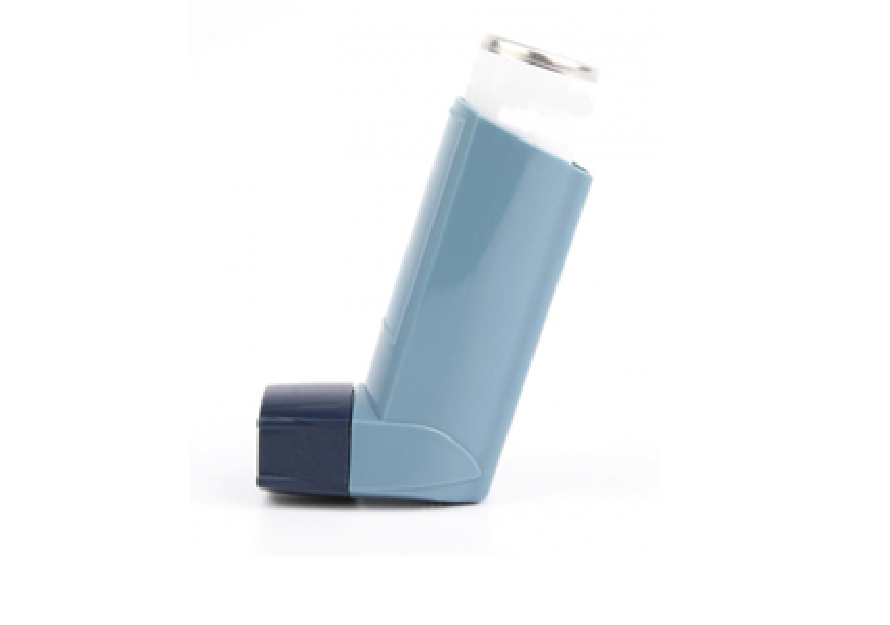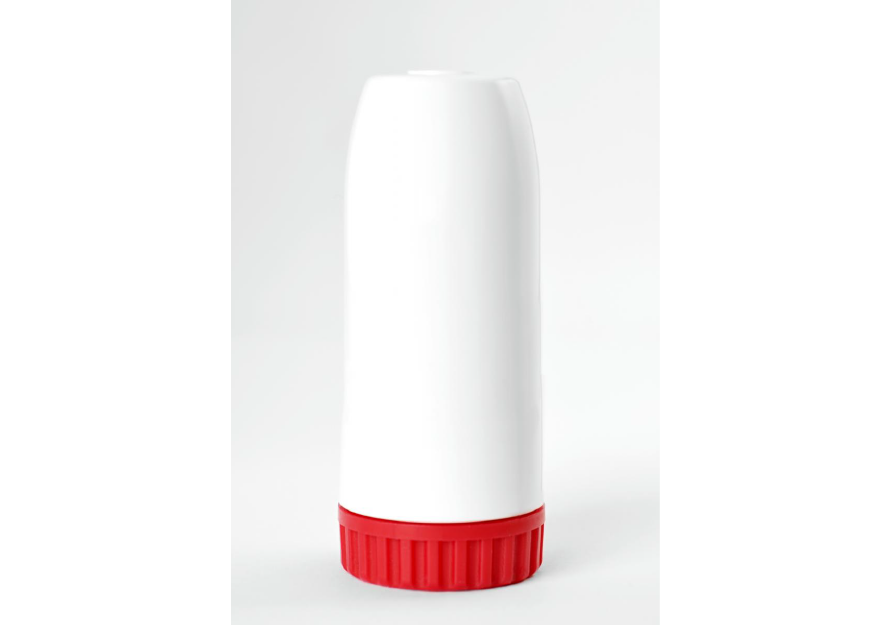Children and youth can gain and maintain control of asthma through appropriate use of medications and management of their triggers. Different asthma situations may require different actions to be taken.
Asthma Medication
Asthma medications help prevent and relieve asthma symptoms. However, medication does not cure asthma.
The two main types of asthma medications are relievers and controllers. Both are important, but work in different ways to control asthma.

- work quickly (five to ten minutes) by relaxing the airway smooth muscles to open up the airways
- used when symptoms are experienced (versus taken on a set time and frequency) to provide relief from asthma symptoms
- provide relief from symptoms for four to six hours
- must always be quickly accessible in case of asthma emergencies*
*IMPORTANT: It is extremely important for those with asthma to have easy access to their reliever inhaler (which is usually blue) as a life-threatening asthma attack can occur at any time.
Due to the required skills involved to accurately use inhalational devices, students may need assistance from an adult to administer the medication. The ability of the student to self-administer inhalers is an important topic to be discussed with the student and their parent(s)/guardian(s) when reviewing the Plan of Care together. If assistance is needed, then strategies to accommodate the student should be discussed. Generally, students approximately 7 years of age or older are considered to have the cognitive and motor skills necessary to learn and follow instructions to successfully administer their asthma inhaler. Students at this age and stage of development also have the ability to understand when their medication is needed. However, it is also common for students in the same grade to be at different cognitive and physical stages of development.
Controllers
- reduce and prevent inflammation (swelling) and slow the production of mucus in the airways
- do not provide quick relief of symptoms and thus are not used in asthma emergencies
- are typically taken on a daily basis (such as morning and night) and therefore are not usually needed at after-school or weekend programs but used on a daily basis at home

Spray Inhaler/Puffer
For asthma medications that involve a spray inhaler/puffer (e.g., metered dose inhaler), it is recommended that a spacer be attached to the inhaler to make it easier to administer the medication and ensure good delivery of medication to the lungs.
For additional information on inhalers, refer to Inhalation Device videos that include videos on:
- How to Use a Diskus
- How to Use a Puffer (Metered Dose Inhaler) with a Spacer and Mask
- How to Use the Turbuhaler Medication Inhalation Device
Asthma Control
Children and youth can gain and maintain control of asthma through appropriate use of medications and management of their triggers.
Well-controlled asthma
What does well-controlled asthma look like?
- asthma symptoms are experienced fewer than three times a week
- the fast-acting reliever medication (usually a blue inhaler) is used less than three times a week
- physical activity or play is unrestricted with no asthma symptoms experienced
- sleep is uninterrupted with no awakenings due to asthma
- no impact to school/child care attendance
- no asthma attacks or flare-ups occur
Poorly controlled asthma
What does poorly controlled asthma look like?
- asthma symptoms (e.g., cough, trouble breathing, wheezing) are experienced more than two times a week
- the reliever inhaler is used more than two times a week to treat symptoms
- trouble being physically active or playing because of asthma symptoms
- waking up at night or in the early morning due to asthma symptoms (once a week is too much)
- missing school/child care due to asthma
- having asthma attacks or flare-ups
Asthma control can be achieved with the use of proper medications. If you have concerns about a child’s/youth’s level of asthma control:
- talk to the parent(s)/guardian(s) or student (if age-appropriate) and let them know what you are observing
- recommend that parent(s)/guardian(s) follow up with a health care provider
Asthma Situations
This section is to support adults supervising physical activity/sports programs, as well as community-based arts, crafts, and clubs programs, to better understand asthma triggers in their setting, and identify strategies to support safe and successful participation.
Note: The information here is not intended to take the place of directions from a child’s/ youth’s health care provider.



